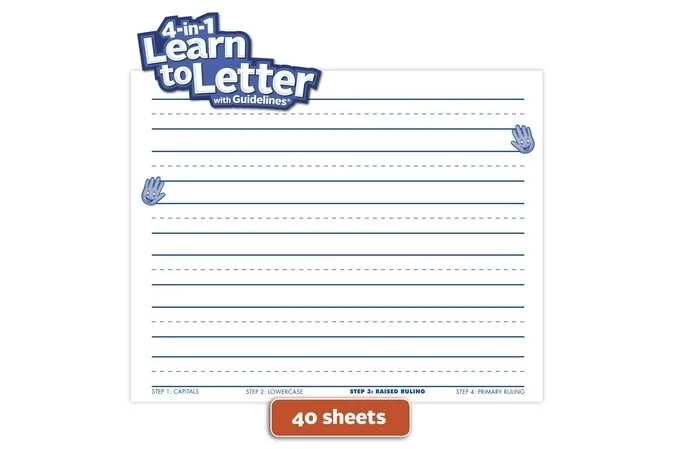Why We Need Mom Friends...
Mom friends offer a unique source of support and connection that go beyond what other relationships can provide.
Read More
Moms Need Good Friends
Are you a new mom, a seasoned veteran, or somewhere in between? Look for groups catering to your specific needs, like "Newborn Mamas" or "Toddler Tamers” or do you prefer outdoor activities, playdates, or discussions about raising children? Groups often focus on specific interests, so find one that aligns with yours. Do you want social interaction, parenting advice, or to build a support network? Choosing a group with similar goals will ensure a fulfilling experience. Look for groups that meet online or in person, depending on your preference. Do you prefer small, intimate gatherings or larger, more dynamic groups? Choose a size that feels comfortable and allows for meaningful connections. Some groups focus on discussions, while others organize regular playdates or workshops. Ultimately, choose a group that feels comfortable and welcoming to you. Don't hesitate to ask for help and support – that's what mom groups are for!

Mom friends offer a unique source of support and connection that go beyond what other relationships can provide.
Read MoreDigital Planner, the ultimate mom helper!
Read MoreCongratulations
Read MoreTeaching toddlers can be challenging, as they are at a stage where they are curious and energetic, but still have limited attention spans and may not have developed strong language skills. Here are a few tips for teaching 2 year olds:
Keep lessons short: Toddlers have short attention spans, so it is important to keep lessons and activities short and engaging.
Use hands-on activities: Toddlers learn best through play and exploration, so it is important to incorporate hands-on activities that allow them to use their senses and manipulate objects.
Use simple language: Toddlers are still developing their language skills, so it is important to use simple, clear language when communicating with them.
Use repetition: Repetition helps Toddlers learn and retain new information. It is also helpful to review previously learned concepts.
Be patient: Toddlers are still learning how to communicate and express themselves, and they may get frustrated when they are unable to do so. It is important to be patient and understanding when teaching 2 year olds.
Have fun: Make learning fun and enjoyable for toddlers by using songs, games, and other playful activities.
Stroller rides can support a toddler's vocabulary development by providing them with opportunities to observe and learn new words in a natural setting. During a stroller ride, a toddler can hear and see a variety of objects, people, and animals, which can serve as a source of new vocabulary words. Additionally, the adult pushing the stroller can point out and label these things, providing the toddler with verbal input and helping to solidify their understanding of the new words.
Learning tools “should” encourage symbol recognition, associate words, and sounds, spark the intent to communicate, express sounds and simple vocalizations, as well as, help become familiar with objects, people, and sounds in the environment. The goal is to develop expressive and receptive communication to the point little ones answer simple questions about activities. We will be linking helpful learning tools as an option, but no one thing is the best, it takes consistency for kids to be great.

Latches Board ( Interactive and Supports Communication) Latches Board

Learn to Letter Sheets Learn to Letter
Here are some tips for teaching a toddler:
Keep it simple: Toddlers have short attention spans and are still developing their language skills, so it's best to keep instructions and lessons simple and easy to understand.
Use hands-on activities: Toddlers learn best through play and hands-on activities, so incorporating these into your teaching will make it more engaging and effective.
Repeat, repeat, repeat: Toddlers need to hear new information multiple times before it sinks in, so be patient and repeat important information often.
Encourage independence: Give your toddler opportunities to try new things and make their own choices, as this will help them develop a sense of autonomy and self-confidence.
Show enthusiasm: Toddlers are easily inspired and motivated by the enthusiasm of others, so show excitement and encouragement when teaching them new things.
Be consistent: Stick to a schedule and routine as much as possible, as this will help your toddler understand what to expect and feel more secure.
Be positive: Positive reinforcement and praising your toddler for their efforts and accomplishments will help them develop a love for learning.
Get down to their level: Physically getting down to your toddler’s level makes them feel seen and heard, and also makes it easier for you to understand their perspective.
Read and sing with them. Reading and singing is a great way to introduce new words and concepts to your toddler in an engaging way and help them to develop their language skills.
Showing patience is the key, Toddlers are still learning and developing, so they may not always understand or comply with what you're teaching. Be patient and understanding and don't get discouraged.
Circle time is an opportunity for children to come together and engage in activities that encourage social interaction, learning, and self-expression. Here are a few tips for implementing circle time in a toddler classroom:
Keep it short: As preschoolers have short attention spans, it's best to keep circle time to about 10-15 minutes.
Make it interactive: Encourage participation by asking open-ended questions and allowing children to share their thoughts and ideas during circle time.
Use songs and finger plays: These are great ways to incorporate movement and music, which can help to keep children engaged during circle time.
Use visual aids: Use pictures, flashcards, or other visual aids to support language development and reinforce new vocabulary.
Incorporate daily routines: Circle time is a good opportunity to review daily routines, such as the calendar and weather, which can help to establish structure and routine in the classroom.
Use it to build community: Use circle time to promote feelings of belonging and connectedness among the children by sharing stories, playing games, or doing other activities that encourage social interaction.
Differentiate: Since toddlers have different development level, try to offer different activities and/or materials to support all children.
It's important to keep in mind that toddlers are still very young, so be prepared for distractions and interruptions during circle time, and adjust the activities and expectations accordingly. And it's also important to remember to be flexible and responsive to their needs and interests.